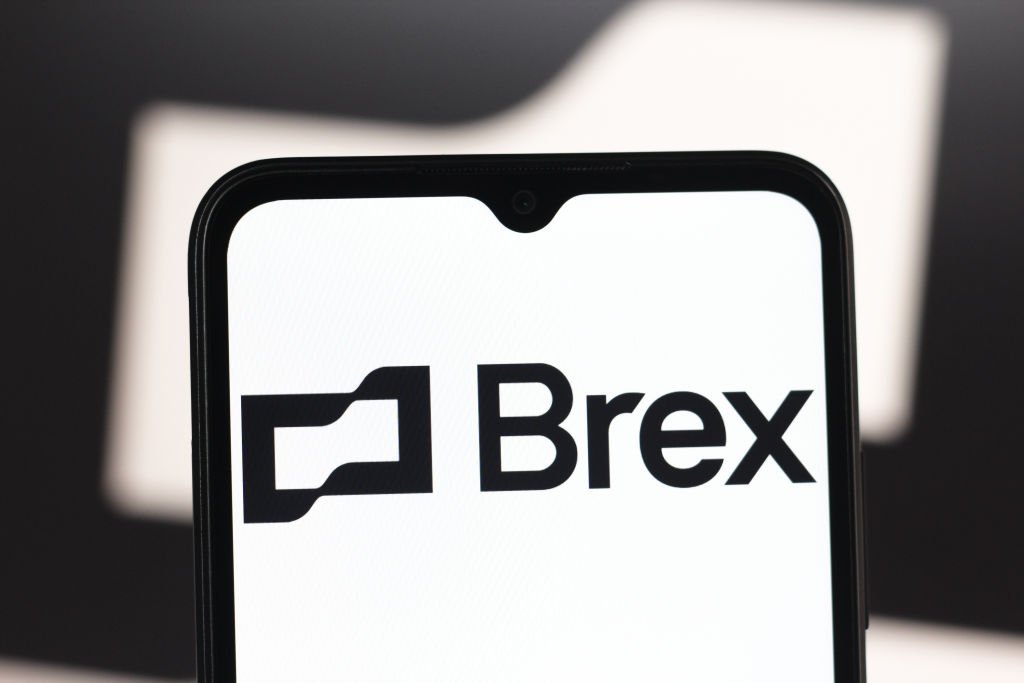Companies have struggled to adopt the right AI tools as the technology evolves at a far faster pace than their slow sales cycles.
Corporate credit card company Brex is no different. The startup found itself facing the same issue as its enterprise counterparts. The upshot: Brex completely changed its approach to software procurement to ensure they wouldn’t get left behind.
Brex CTO James Reggio told TechCrunch, at the HumanX AI conference in March, the company initially tried to assess these software tools through their usual procurement strategy. The startup quickly discovered its months-long piloting process was just not going to work.
“In the first year following ChatGPT, when all these new tools were coming on the scene, the process itself of procuring would actually run so long that the teams that were asking to procure a tool lost interest in the tool by the time that we actually got through all of the necessary internal controls,” Reggio said.
That’s when Brex realized had to completely rethink its procurement process.
The company started by coming up with a new framework for data processing agreements and legal validations for bringing on AI tools, Reggio said. This allowed Brex to vet potential AI tools quicker and get them into the hands of testers faster.
Reggio said the company uses a “superhuman product-market-fit test” to figure out what tools are worth investing in beyond the pilot program. This approach gives employees a much larger role in deciding what tools the company should adopt based on where they are finding value, he added.
“We go deep with the folks who are getting the most value out of the tool to figure out whether it is actually unique enough to retain,” Reggio said. “We’re basically, I would say, about two years into this new era where there’s 1,000 AI tools within our company. And we’ve definitely canceled and not renewed on maybe five to 10 different larger deployments.”
Brex gives its engineers a monthly budget of $50 to license whichever software tools they want from an approved list.
“By delegating that spending authority to the individuals who are going to be leveraging this, they make the optimal decisions for optimizing their workflows,” Reggio said. “It’s actually really interesting and we haven’t seen a convergence. I think that that has also validated the decision to make it easy to try a bunch of different tools, is that we haven’t seen everybody just rush in and say, ‘I want Cursor.’”
This approach has helped the company figure out where it needs broader licensing deals for software too based on a more accurate headcount of how many engineers are using what.
Overall, Reggio said the best way for enterprises to approach the current AI innovation cycle, in his opinion, is to “embrace the messiness” and know that figuring out which tools to adopt will be a bumpy process and that’s okay.
“Knowing that you’re not going to always make the right decision out of the gate is just like paramount to making sure that you don’t get left behind,” Reggio said. “I think that the one mistake that we could make is to overthink this and spend six to nine months evaluating everything very carefully before we deploy it. And you don’t know what the world is going to look like nine months from now.”


